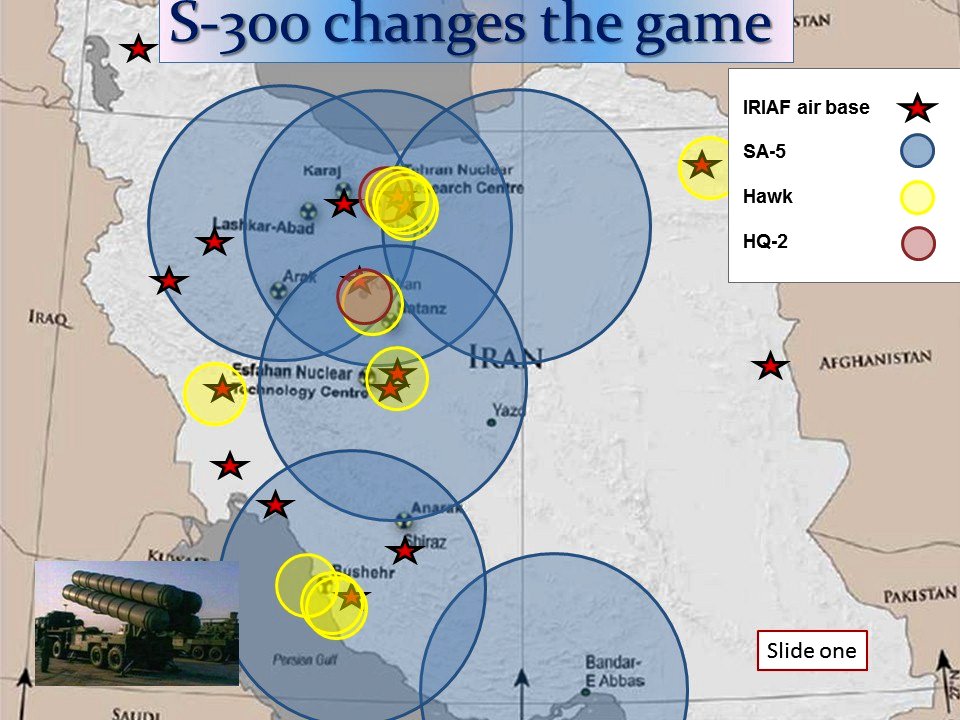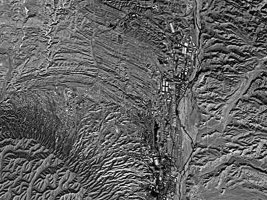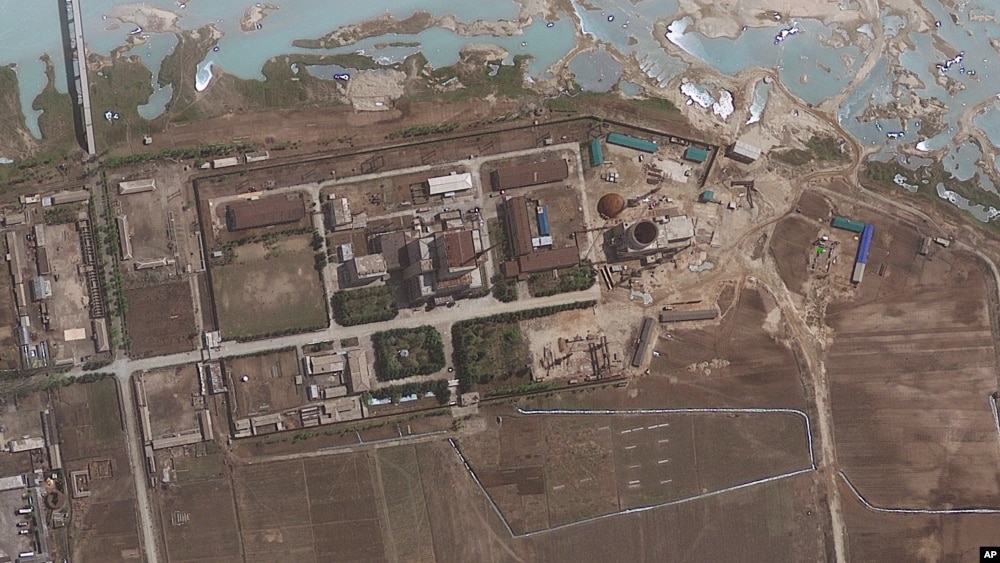TEHRAN, Sep. 12 (MNA) – AEOI Deputy Zarean says no inspections of Iran’s military sites are on the agenda of a Tuesday visit by inspectors of the International Atomic Energy Agency (IAEA) to Iran. Deputy of the Atomic Energy Organization of Iran (AEOI) Ali Asghar Zarean said on Saturday that IAEA inspectors are scheduled to arrive in Tehran on Tuesday for talks.
He added that during this round of negotiations, inspections of Iran’s military sites are not on the agency’s agenda. The Iranian nuclear official maintained that the visit is within the framework of the JCPOA and the sides will hold talks for further coordination and practical measures in the future. On July 14, Iran and the IAEA signed a road map for “the clarification of past and present issues” regarding Iran’s nuclear program in the Austrian capital Vienna. The deal came on the same day Iran and the 5+1 group of countries reached an agreement over Tehran’s nuclear program.
And the timing of this announcement is beyond suspicious:
The discovery was reported first by Reuters and based on comments made by Iranian nuclear chief Ali Akbar Salehi to the state news agency IRNA.
“I cannot announce (the level of) Iran’s uranium mine reserves,” Salehi was quoted as saying. “The important thing is that before aerial prospecting for uranium ores we were not too optimistic, but the new discoveries have made us confident about our reserves.”
The international deal with Iran, largely brokered by the Obama administration, slows the country’s nuclear development for nearly a decade in exchange for the lifting of billions of dollars worth of crippling economic sanctions.
World leaders think Iran is trying to develop a nuclear weapon, despite Tehran’s denial.
However, Iran under the deal will still be able to pursue a nuclear-development program, for which the uranium could be used.
The remarks by Salehi, head of Iran’s Atomic Energy Organization, could not be found Saturday morning on the IRNA website. But another story had him as saying the deal — reached in July and officially known as the Joint Comprehensive Plan of Action — will not slow the pace of Iran’s nuclear program.
“The official said the restrictions which the JCPOA entails are by no means the ones which would restrict Iran in its nuclear activities,” reads one line in the story.
Several other news-gathering agencies have either picked up the Reuters’ story or cited it in their own version.
That Obama would win congressional approval of the deal became apparent in recent weeks, but not without a fight from the GOP-controlled Congress and other critics including conservative groups and pro-Israel organizations.
However, the president worked all summer to garner support from Senate Democrat, who on Thursday block chamber Republicans from disapproving of the deal and from forcing Obama to resort to a presidential veto to win approval for what will likely be considered his biggest foreign policy achievement.
Salehi reportedly said uranium exploration had covered almost two-thirds of Iran and would be complete in the next four years.
Uranium can be used for energy production and scientific purposes but is also a key ingredient in nuclear weapons.
Some Western analysts have previously said that Iran was close to exhausting its supply of yellowcake — or raw uranium — and that mining it domestically was not cost-efficient, according to Reuters.
A report published in 2013 by U.S. think-tanks Carnegie Endowment and the Federation of American Scientists said the scarcity and low quality of Iran’s uranium resources compelled it “to rely on external sources of natural and processed uranium,” the wire service also reported.
Iran has repeatedly denied overseas media reports that it has tried to import uranium from countries like Kazakhstan and Zimbabwe.



